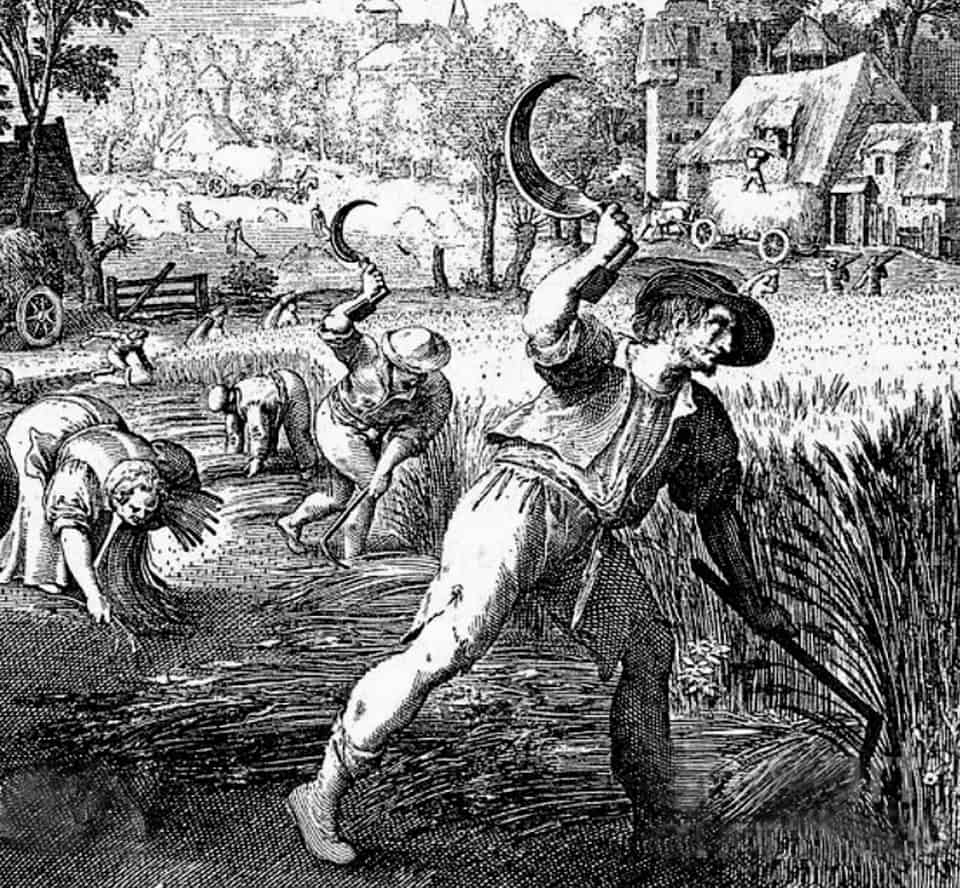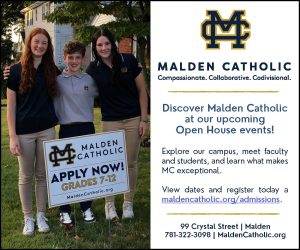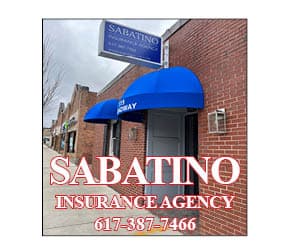By Inna Babitskaya
According to the company records, Charlestown was founded on July 4, 1629, between the Charles and Mystic Rivers and Boston Harbor by brothers Ralph, Richard and William Sprague, Abraham and Walter Palmer, Nicholas Stowers, John Stickline, Simon Hoyte, John Meech, Rev. Francis Bright and Thomas Graves. Who were the cofounders of Charlestown who came with brothers Sprague aboard the Higginson Fleet’s ships?
Abraham Palmer (1605-1653), a merchant, was one of the prominent men of the colony. He signed the instructions to Gov. Endecott on May 30, 1628. He became a freeman in 1631. Abraham Palmer served as Charlestown’s deputy to the General Court in 1632, 1634 and 1636-38, and as a town selectman in 1634, 1636 and 1637. He was on the coroner’s jury, a grand jury, the committee to establish town boundaries, the committee to report on Mr. Endecott for defacing the flag and the committee on requests for grants of land. He was a town clerk in 1638 (to keep the town book, record properties, and land) and in 1642 – the “clerk of the writs.” During the Pequot War, he was a sergeant. In 1638, he was appointed ensign, a member of the Artillery Company. He died August 29, 1653, in Barbados.
Walter Palmer (1589-1661), a farmer and dairyman, was first mentioned in the records of the jury on Sept. 28, 1630: “called to hold an inquest on the body of Austin Bratcher,” who died because of “the strokes given by Walter Palmer.” “Mr. Palmer made his personal appearance this day [October 19, 1630] & stands bound, hee & his sureties, till the nexte court.” Palmer’s close friend, William Chesebrough (1594–1667), a farmer and trader who came to the colony in 1630 with the Winthrop fleet, was a witness. At a court session of “a court of assistants, holden att Boston, November 9th 1630,” numerous matters were taken up and disposed of, including the trial of Walter Palmer and one other item of interest: “it is ordered that Rich. Diffy, servt. To Sr. Richard Saltonstall, shall be whipped for his misdemeanor toward his maister.” “ A Jury impannell for the tryall of Walter Palmer, concerning the death of Austin Bratcher: Mr. Edmond Lockwood, Rich: Morris, Willm Rockewell, Willm Balston, Christopher Conant, Willm Cheesebrough, Willm Phelpes, John Page, Willm Gallard, John Balshe, John Hoskins, Laurence Leach, The jury findes Walter Palmer not guilty of manslaughter, whereof hee stoode indicted, & soe the court acquitts him.”
He took the Oath of Freeman of Massachusetts Bay Colony on May 18, 1631, together with “Mr. Roger Conant, John Balche, Ralfe Sprage, Simon Hoyte, Rick. Sprage, Abraham Palmer, Mr. Rich. Saltonstall, Rich. Stower, Ezekiell Richardson, Wm Cheesebrough.” He was elected selectman in 1635 and constable in 1636.
On August 24, 1643, William Palmer and William Chesebrough left Charlestown and cofounded a new settlement, Seacuncke (future Rehoboth). Palmer became one of its first selectmen and represented it at the Plymouth Court. Before 1653, John Winthrop the Younger (1606–1676), Governor of Connecticut and son of Massachusetts Governor John Winthrop, persuaded Chesebrough to move to southern Connecticut. Chesebrough got a 2,300-acre land grant from New London, Connecticut. Palmer and his son-in-law, Thomas Miner (1608–1690), who came to the colony in 1629, followed him and purchased land on the east bank of Wequetequock Cove, across from Chesebrough. In August 1652, Miner built a house for them on their land. The next year, both their families joined them. According to “Stonington Chronology,” Palmer was “a vigorous giant, 6 feet 5 inches tall. When he settled at Southertown (Stonington), he was sixty-eight years old, older than most of the other settlers.”
Simon Hoyt (1593–1657) became a freeman on May 18, 1631. Before January 6, 1633, he had moved to Dorchester, Massachusetts. The town granted him “the marsh and swamp before Goodman Hosford.” In April 1635, he moved to Scituate, Massachusetts. By 1639, he had moved to Windsor, Connecticut. On February 28, 1640, the town granted him “fourscore acres” (known as Hoyt’s Meadow). He sold this property in 1646 and received a grant from Fairfield, Connecticut, on March 6, 1649, for a home and other properties. Later, he moved to Stamford, Connecticut.
Nicholas Stowers (1585–1646) came to Massachusetts Bay Colony aboard the Lyon’s Whelp in 1629. He was admitted as the 70th member of the church of Boston in the winter of 1630/31. He served on the coroner’s jury on September 18, 1630, and alongside Ralph Sprague on the trial jury concerning the death of Austen Bratcher on September 28, 1630.
He became a freeman in 1631. On October 14, 1632, Nicholas Stowers and his wife were dismissed to join the Charlestown church. Stowers was appointed constable for Charlestown on May 9, 1639. In the colony, he worked as a cowherd. On September 28, 1630, it was ordered that “those of Dorchester who bought certain cattle of the merchants of Dorchester shall pay unto Nich. Stower 9 bushels of meal or of Indian corn, or £9 of beaver, for the keeping of the said cattle, according to an agreement made with him.” Stowers was made a herdsman in 1633. He had “to drive the herd forth to their food in the main every morning, and to bring them into town every evening, and to have fifty bushels of Indian corn for keeping the milch cows till Indian harvest be taken in.”
John Stickline (Stickland/Strickland, 1595–1672) became a freeman in 1631. Later he moved to Watertown; then, in 1635, to Wethersfield; in 1640, to Fairfield, Connecticut; in 1644, to Hempstead, Connecticut; and in 1663, to Jamaica, New York.
Rev. Francis Bright (b. 1602) of Rayleigh, Essex, came with a wife and two children. He received from the Massachusetts Bay Company “twenty pounds towards the expenses of his journey, his passage out and back, and a salary of twenty pounds a year” and “ten pounds for the purchase of books and a dwelling house and land.” According to the contract, “If he remained seven years, he was to have one hundred acres of land for his own use.” Mr. Bright resided in the colony over a year and was a “minister to the company’s servants.” He also served as a member of the colonial government’s council. However, his “affection for the church of England restrained him from going with his brethren in their increasing non-conformity. Hence, his labors would be likely to grow daily more unsatisfactory to the people. He sailed for England in the ship Lyon in July, 1630.”
To be continued…
(Inna Babitskaya is a Malden historian, a member of the Malden Historical Commission and the author of historical books “From Maldon to Malden,” “Time of Converse” and “Fellsmere Park – Emerald of Malden.”)





